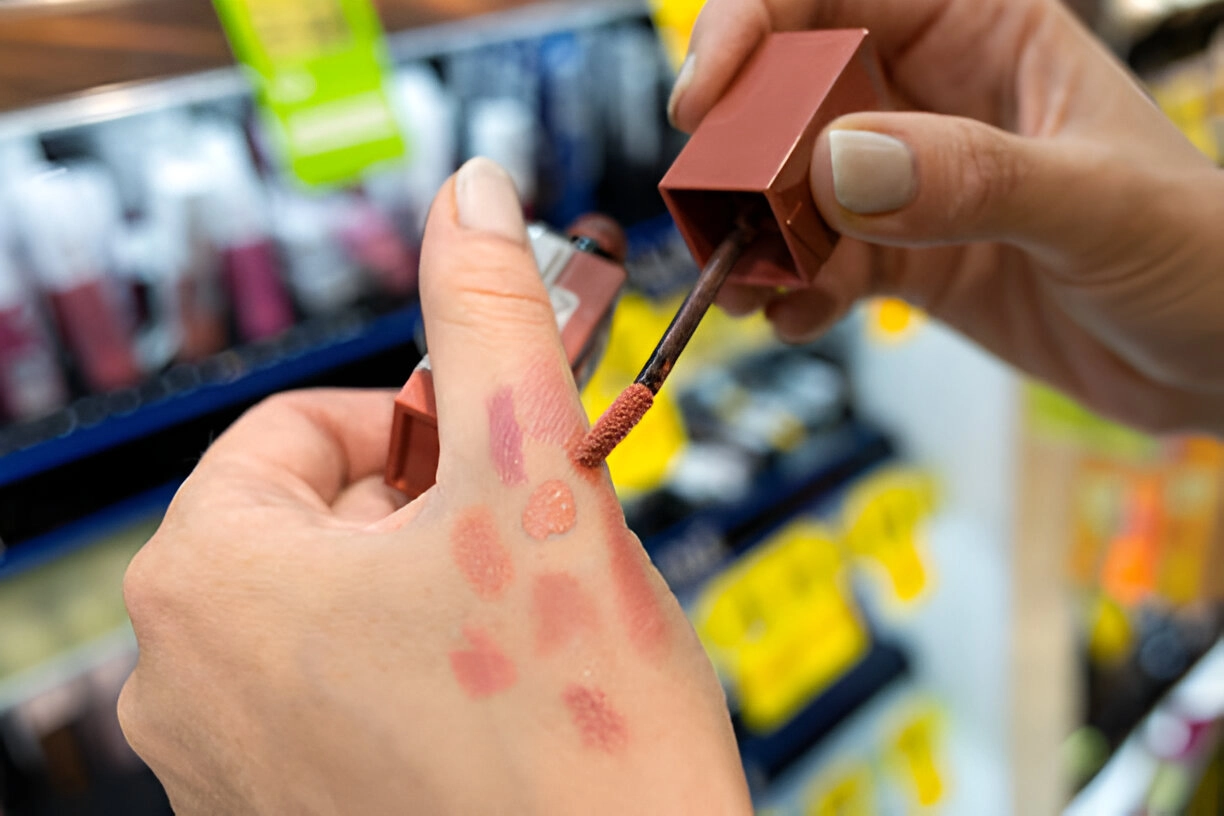Imagine the ache after an intense workout or the stiffness from an old injury acting up. Now picture relief—a skillful massage melting away the tension. Massage therapy has transformed from being a luxury to an essential tool in sports and rehabilitation. Whether you’re a pro athlete or someone recovering from an injury, this therapy can do wonders for your body and mind.
This post unpacks how massage therapy supports performance, aids recovery, and accelerates rehabilitation. Let’s get started.
What Is Massage Therapy?
At its core, massage therapy is the manipulation of soft tissues to improve health and well-being. Techniques range from gentle strokes to deeper pressure, depending on the need.
Here’s a quick snapshot of popular methods:
| Type | Key Features | Best For |
|---|---|---|
| Swedish Massage | Gentle, relaxing strokes | General relaxation, stress relief |
| Deep Tissue Massage | Firm pressure, targeting deeper layers | Chronic muscle tension, knots |
| Sports Massage | Pre- and post-activity techniques | Performance enhancement, injury prevention |
Each technique has its strengths, so the choice depends on what your body needs.
How Massage Helps Physically
Massage therapy goes beyond just feeling good. It drives physical benefits that are invaluable for athletes and patients.
- Improves Circulation: Fresh oxygen reaches your muscles faster, aiding recovery.
- Eases Muscle Tension: Knots and tightness don’t stand a chance.
- Fights Soreness: Post-workout massages can cut down the “ouch” factor from delayed onset muscle soreness (DOMS).
- Boosts Flexibility: Loosened muscles mean better movement and reduced risk of injury.
Picture this: a marathon runner, sore and stiff after a grueling race, gets a post-event massage. Blood flow improves, tension melts, and they’re back on track for their next event. That’s the magic of massage.
Mental Benefits of Massage Therapy
Stress can build up like a stubborn storm cloud, especially when you’re training hard or healing from an injury. Massage therapy acts like sunshine breaking through.
- Reduces Anxiety: The calming effect of touch can lower cortisol, the stress hormone.
- Sharpens Focus: Feeling at ease clears your mind, essential for both athletes and patients.
- Improves Sleep: Relaxed muscles and a calm mind make for restful nights.
Here’s a thought: Ever felt so relaxed during a massage that you almost fell asleep? That’s your body thanking you for the downtime.
For Athletes: Gaining the Edge
Athletes don’t just rely on strength and endurance. Recovery is just as crucial, and massage plays a pivotal role.
- Pre-Event Prep: A quick session before activity can loosen muscles and reduce injury risk.
- Post-Event Recovery: It helps the body flush out toxins and bounce back faster.
- Training Maintenance: Regular massages keep muscles in top shape during rigorous training periods.
Take the story of a footballer who suffered recurring hamstring strains. Incorporating massage into their routine turned the tide, keeping injuries at bay and performance consistent.
Injury Rehabilitation: A Key Partner
Recovering from an injury is no walk in the park. Massage can be a cornerstone in your recovery plan.
- Speeds Up Healing: Gentle manipulation improves blood flow to injured areas, boosting recovery.
- Reduces Scar Tissue: Softening scar tissue restores mobility.
- Manages Pain: Regular sessions can reduce reliance on painkillers.
Let’s say someone tears a ligament. Physical therapy gets them moving, but massage adds that extra layer of healing, soothing the body while addressing stiffness or pain.
Scientific Backing
Research backs what many have experienced firsthand—massage therapy works.
- Studies show it enhances circulation, reducing recovery time.
- Evidence supports its role in managing pain and inflammation.
- Recent findings even link massage to improved mental health outcomes.
While science confirms its effectiveness, personal stories drive home its value. Athletes and patients alike swear by the relief and improvement they’ve felt.
Getting the Best Out of Massage Therapy
The benefits of massage depend on choosing the right therapist and approach. Here’s how to go about it:
- Look for Credentials: Choose someone certified and experienced, especially in sports or rehab-specific techniques.
- Discuss Your Needs: Be clear about your goals—whether it’s pain relief, performance boost, or stress reduction.
- Consistency Matters: A single session helps, but regular therapy can transform how your body feels and functions.
Massage as Part of a Bigger Picture
Massage therapy is powerful, but it’s even better when combined with other treatments.
- Pair it with physical therapy for a balanced recovery.
- Use it alongside strength training to prevent injuries.
- Incorporate relaxation techniques like yoga or meditation for all-around wellness.
For athletes, this holistic approach maximizes performance. For patients, it speeds up recovery while reducing stress.
Practical Tips and Considerations
| Do’s | Don’ts |
|---|---|
| Hydrate before and after sessions. | Skip communication—talk to your therapist about pressure preferences. |
| Stick to a schedule for best results. | Overdo it—massage is great, but your body needs balance too. |
Wrap-Up
Massage therapy isn’t just a luxury—it’s a tool for healing, improving performance, and easing stress. From athletes hitting personal bests to individuals regaining mobility after injury, its benefits are undeniable. Why not give it a try? Whether it’s relaxation or rehabilitation, your body will thank you.
So, what’s your take? Have you experienced the transformative effects of massage therapy? Share your story—I’d love to hear how it’s helped you.

Marsha Cummings is the founder of Tranquil Glam, a platform dedicated to beauty, wellness, and self-care. With a passion for skincare and massage therapy, Marsha shares expert tips, product reviews, and insights to help readers feel confident and balanced.
Through Tranquil Glam, Marsha inspires others to embrace their natural beauty and discover the power of self-care in everyday life.









